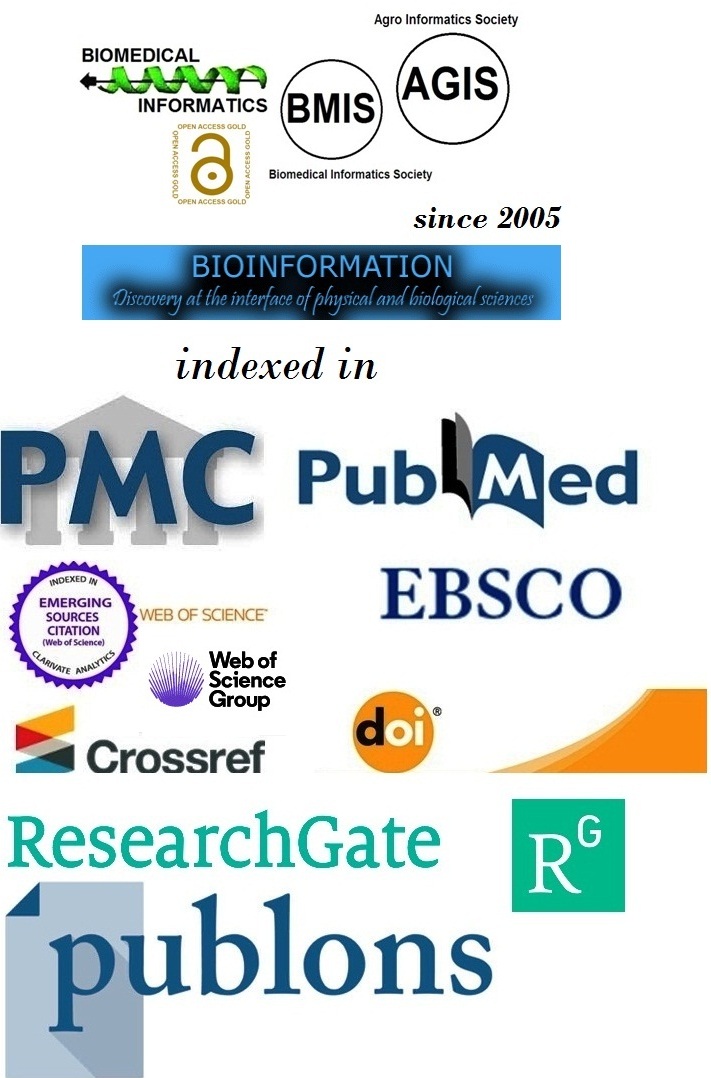Title
Remineralization potential of fluoridated and non-fluoridated toothpastes on induced dental caries: A comparative in vitro analysis
Authors
Ashjan Ashraf Batha*, Udita Samanta, Sujata Datta, Apurva Chadha, Shipra Jaidka & Deepti Jawa
Affiliation
Department of Paediatric and Preventive Dentistry, Divya Jyoti College of Dental Science and Research, Modinagar, Uttar Pradesh 201204, India; *Corresponding author
Ashjan Ashraf Batha - E-mail: ashjanbatha@gmail.com
Udita Samanta - E-mail: druditasamanta@gmail.com
Sujata Datta - E-mail: suju9089@gmail.com
Apurva Chadha - E-mail: apurvachadha194@gmail.com
Shipra Jaidka - E-mail: shiprajaidka2@gmail.com
Deepti Jawa - E-mail: jawadeepti@rediffmail.com
Article Type
Research Article
Date
Received July 1, 2025; Revised July 31, 2025; Accepted July 31, 2025, Published July 31, 2025
Abstract
Dental caries is a global concern marked by enamel demineralization due to bacterial activity. This in vitro study compared the remineralization efficacy of fluoridated and non-fluoridated dentifrices. Fifty demineralized premolars were divided into five groups and treated for 30 days. Nano hydroxyapatite demonstrated the highest surface microhardness improvement, followed by sodium fluoride, calcium sucrose phosphate and EnamelMax. All tested agents showed remineralizing potential, with nano-hydroxyapatite being the most effective.
Keywords
Dental caries, enamel demineralization, fluoridated toothpaste, microhardness
Citation
Batha et al. Bioinformation 21(7): 2035-2039 (2025)
Edited by
Vini Mehta
ISSN
0973-2063
Publisher
License
This is an Open Access article which permits unrestricted use, distribution, and reproduction in any medium, provided the original work is properly credited. This is distributed under the terms of the Creative Commons Attribution License.
